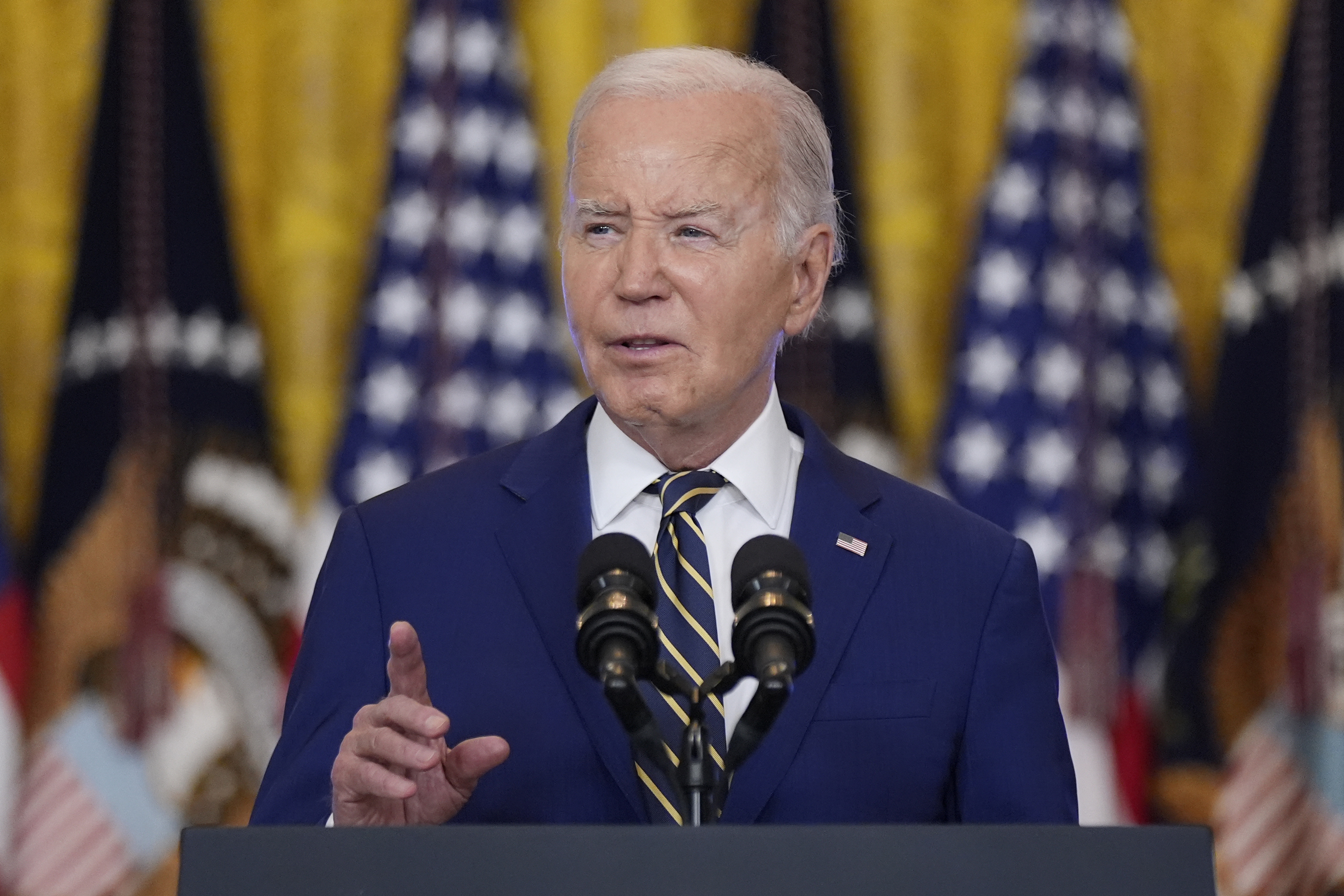
In the fall of 2022, Dr. William Dugal, then 32, contracted COVID-19 and began experiencing unusual symptoms.
“It started with the numbness in my feet, almost like my shoes were too tight, and it progressed to where I was having trouble walking,” Dugal, now 34, of Winston-Salem, North Carolina, tells TODAY.com. “I knew there was something significantly wrong.
Dugal, who had just finished his surgery residency, went to a local hospital, where he learned he had a rare post-viral complication called Guillain-Barre syndrome. It can cause anything from muscle weakness to complete paralysis, and very few interventions can slow its progression.

“I couldn’t even move my eyes and blink. And as that’s happening, I can’t express enough the fear and uncertainty I had,” Dugal says. “Sometimes medical knowledge is a good thing and a bad thing because you are keenly aware of the severity of your illness.”
COVID-19 infection leads to numbness and 'strange' symptoms
Over Labor Day weekend 2022, Dugal and his family had a lot to celebrate. He had just completed his four-year surgical residency and was preparing to start a new job in North Carolina. His wife also recently had given birth to a beautiful baby daughter.
U.S. & World
“Things were really looking great,” he says. “(We) were about to start the next chapter.”
They attended a wedding, and after returning home, all three tested positive for COVID-19. Dugal’s wife and daughter had mild cases, but his symptoms were “strange,” such as foot numbness, Dugal recalls.
Get a weekly recap of the latest San Francisco Bay Area housing news. Sign up for NBC Bay Area’s Housing Deconstructed newsletter.
Over the next several days, the numbness worsened, so he asked his wife to take him to the hospital. “I had to be wheeled in because I couldn’t walk at all,” he says.
A neurologist ordered a spinal tap, which helped doctors quickly diagnosis Dugal with Guillain-Barre syndrome, a rare condition where the immune system attacks the layer around the nerves (myelin), causing nerve damage, according to the National Institute of Neurological Disorders and Stroke.
“Unfortunately, my symptoms progressed over a period of month in the hospital with complication upon complication,” he says.
How Guillain-Barre syndrome progresses
In mild cases, Guillain-Barre syndrome only causes muscle weakness. In more severe ones, it progresses to full paralysis, and patients require ventilation to breathe. The amount of time the condition lasts can vary, too, Dugal says.
Most people recover completely or only have minor symptoms, such as numbness or tingling, afterward, according to Mayo Clinic. But recovery can take months to years. For people who lose the ability to walk, it usually returns within six months.
The condition can also be fatal, especially if the paralysis moves into the muscles used to breathe. And “sometimes the nerves … are damaged to a point where they’re unable to recover,” Dugal explains. In these cases, patients stay paralyzed.
The worse the early symptoms, the greater the likelihood of long-term complications, per Mayo Clinic.
Experts remain unsure why some people develop Guillain-Barre syndrome, but it most often occurs after bacterial or viral infections. There's no cure or definitive treatment, so doctors usually offer supportive measures, such as ventilation and feeding tubes, Dugal explains.
“You don’t know how severe it’s going to get, and you don’t know how long it’s going to last," Dugal recalls of his experience. "They were two kinds of anxiety for me."
Ventilation leads to a near-death experience
After his receiving diagnosis in the hospital, Dugal felt “keenly aware” of how serous his Guillain-Barre syndrome was.
“I knew that once it progressed high enough to my diaphragm that I wasn’t going to be able to breath,” he says. “It was a very humbling feeling when you realize you’re at the mercy of the process and you have to accept whatever comes.”
He gradually experienced so much weakness his muscles that he could no longer speak. He remembers trying to concentrate his muscles on being able to breathe on his own, but "after a few days, I wasn’t successful," Dugal says.
Doctors placed him on a ventilator to assist his breathing. At the time, Dugal worried that he would never recover.

“I made peace that I was likely going to die,” he says. “I looked at (my wife) and told her to take care of our daughter.”
There were moments, though, where Dugal's medical training took over. After he lost his ability to speak, he blinked to communicate, and a few times he tried managing his own treatment.
“I was trying to spell out different ventilator modes,” he says, with a laugh. “I was actively involved in my care.”
After two weeks on the ventilator, Dugal developed pneumonia — a common side effect of being on a ventilator for a prolonged period — and both of his lungs collapsed. His oxygen levels became dangerously low, and he wasn’t getting enough oxygen to his brain, which can be fatal if not addressed quickly.
He began to code, and doctors put him under and placed him on ECMO, a machine that takes over heart and lung function to give them time to recover. After nine days, he awoke.
“I (was) completely cognitively there in understanding,” he recalls. “I (had) these large plastic tubes with all my blood running through them, and I (was) completely dependent on this system working. You can imagine my anxiety was through the roof.”
The ECMO had allowed his lungs to heal, though, so he was weaned off and placed back on a ventilator. Still, he couldn’t speak, wiggle his fingers or toes, or even blink. But he knew exactly what was happening.
“Your muscles are so weak,” he says. “I was completely trapped in my own body and sitting there, staring at the same spot on the wall.”
Dugal began wondering what life would be like. Would he ever be strong enough to return to work as a surgeon?
Because his condition was no longer getting worse, doctors recommended in-patient rehabilitation, but Dugal’s family struggled to find a facility that would take him while he was still on a ventilator. Finally, TIRR Memorial Hermann in Houston accepted him, so he took an air ambulance. Once there, he began working to relearn everything.
Two months in in-patient rehab
Rehabilitation felt difficult. He had lost 60 pounds and was still being fed through a feeding tube because he was too weak to swallow. He couldn’t sit up alone or leave the bed, so they used lifts to transport him. Good days often included incremental changes so slight they could be hard to see.
“It was little things that would be like trying to straighten your hands out … because your muscles literally aren’t strong enough to open,” he says. “I remember the first time I could kind of wiggle my big toe. … It was the most unexciting thing you’ve ever seen.”
Despite the challenges, in rehab Dugal felt like he could “take control of the situation” for the first time since becoming sick. “(At first), you’re in survival mode and trying to get to the next hour,” he says. “(Rehabilitation) was very slow, but there was progress.”
After two months of in-patient rehabilitation, Dugal went home. He was using a power wheelchair and still needed loads of in-home physical, occupational and speech therapy to relearn daily tasks.
"I was trying to get back my life skills," Dugal says. "To be able to get dressed, to eat by myself ... tie (my) shoes, pick up objects."
Over time, he built up his strength to the point where returning to work felt possible. Nine months after being diagnosed with Guillain-Barre syndrome, he could walk again.

Working as doctor again meant he needed to practice his surgery skills. His wife found a company, Osso VR, that had surgical training programs using VR headsets.
“You could kind of perform surgeries that look like we’re in the operating room and go through the steps of the operation," Dugal explains. "It was a way to bridge the gap of having physical limitations but also trying to get back to that (surgeon) mindset."
From patient to doctor
In July 2023, almost a year after he caught COVID-19, Dugal felt strong enough to work. He started working in a lab where surgical studies were being conducted, "trying to figure out how to get back to being a surgeon," Dugal says.
Then he started an ECMO fellowship, where, for almost a year, he was “putting patients on the same treatment that saved me at the same hospital.” It felt like a full circle moment.
“It was great to be able to work with the same people who saved me — therapists and surgeons,” he says. “I’m very grateful to be able to do surgery.”
When Dugal finishes his ECMO fellowship, he’s going to start a general surgery fellowship.

Having Guillain-Barre syndrome changed his perspective as a doctor.
“I have more empathy and a better understanding of the patient’s experience,” he says. “I hope that I can provide that same compassion and support to other people in similar situations.”
Being able to care for others who need ECMO after it saved him has felt like an honor for Dugal.
“It’s been very rewarding to do ECMO,” he says. “What I want to carry forward in my practice is having frank conversations but also exploring all options in providing hope."
This article first appeared on TODAY.com. Read more from TODAY here:



